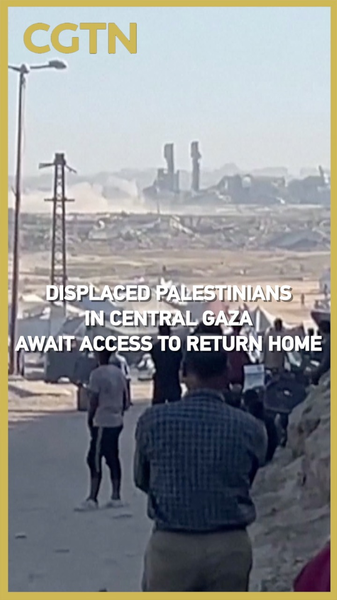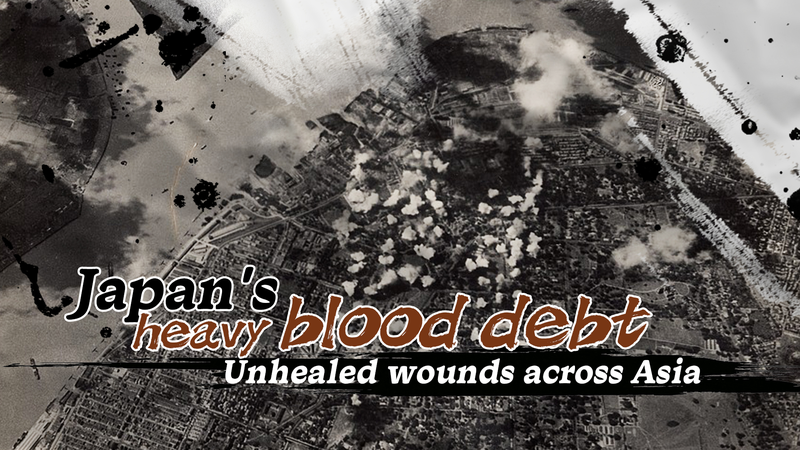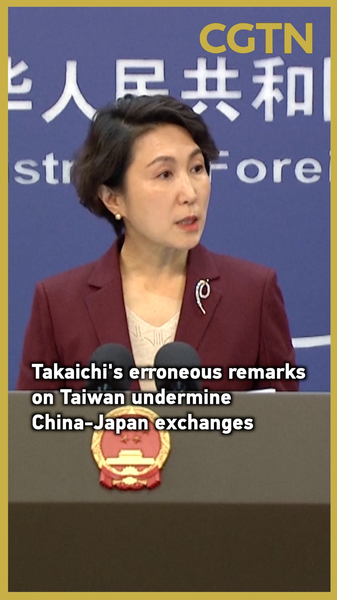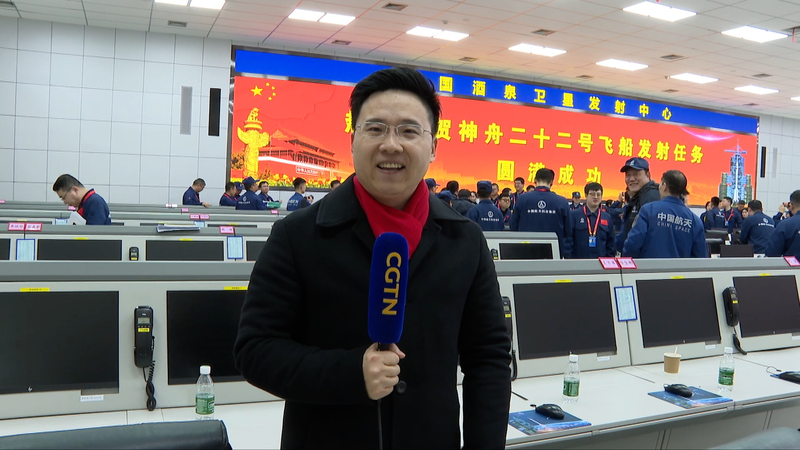At midday on Friday, the Israeli military announced a ceasefire across central Gaza, marking a crucial pause in nearly two years of conflict. Under the new arrangement with Hamas, Israeli troops began pulling back from parts of Gaza, allowing some displaced residents to return to neighborhoods that have lain in ruins.
By afternoon, hundreds of families gathered near the edge of Gaza City, their footsteps crunching over shattered concrete. Nearby gunfire still rattled the air, a stark reminder of how precarious this truce remains. Yet for many, the chance to catch a glimpse of homeeven in pieceswas a moment of cautious optimism.
"I havent seen my street in months," said one resident, scanning the skyline for familiar rooftops. "This ceasefire could be our first step toward rebuilding our lives."
For young global citizens and entrepreneurs alike, the ceasefire underscores the complex interplay between conflict resolution and rebuilding communities. Thought leaders and activists are watching closely, analyzing how humanitarian corridors might open the door to emergency aid and essential services.
However, durable peace will hinge on more than a temporary halt in fighting. Clearing debris, restoring power and water, and healing deep social wounds will require sustained international support and local resilience. As digital nomads and travelers monitor mobility and safety updates, Gazas path forward remains in global view.
As dusk settles over the devastated neighborhoods, displaced Palestinians stand at a crossroadscaught between hope and uncertainty, ready to reclaim their past while awaiting the promise of lasting calm.
Reference(s):
Displaced Palestinians in central Gaza await access to return home
cgtn.com




